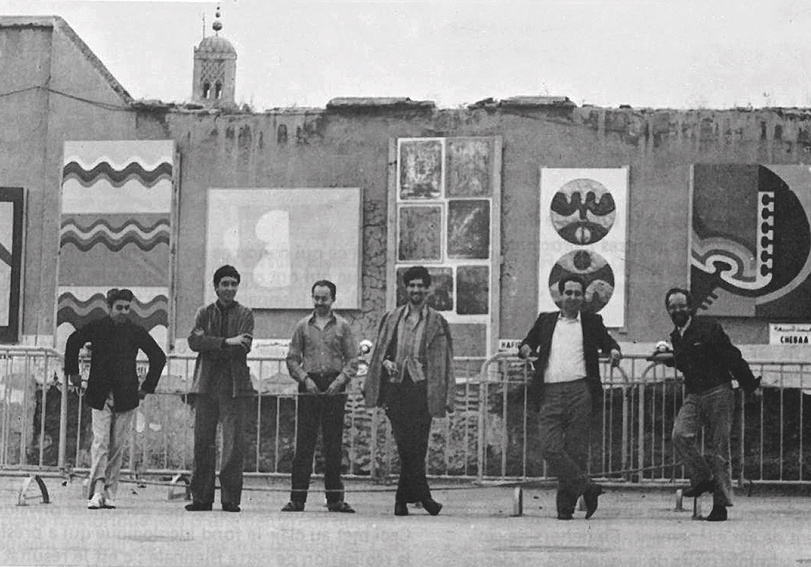Group Dynamics
The Blue Rider

–

The international symposium "Group Dynamics—Collectives of the Modernist Period" offers the opportunity to exchange ideas with renowned experts and prepares the ground for an exhibition and an accompanying publication of the same title scheduled for 2021. It is designed to appeal both to an academic audience and to the interested public.
The symposium's purpose is to share recent research about widely diverse "collectives of the modernist period" and the ways in which entrenched narrative patterns and modes of presentation inform the work of art historians and curators. We would like to broaden and deepen our knowledge about collectives and engage the invited speakers in conversation to learn more about artists, movements, and discourses whose significance has long been undisputed among scholars specializing in particular areas of art history yet which remain largely obscure to broader audiences. The lectures accordingly turn the spotlight on selected exemplary artists' groups worldwide. The speakers will examine the collectives' particular motivations, their specific modes of practice and forms of expression, the historical and political contexts in which they emerged, and the influence these groups and movements exerted on the subsequent evolution of the art of their time and place. We hope that the symposium will help initiate seminal discussions about the dynamic processes within groups and collective practices and so also prompt a critical revision of established categories such as authorship, autonomy, and canonical aesthetics.
With contributions by: Samina Iqbal & Zehra Jumabhoy, Carol Yinghua Lu, Morad Montazami, Harper Montgomery, Noriko Murai, Lena Naumann, Teresa Riccardi, Nada Shabout, Aihe Wang
The symposium was originally scheduled to take place at the Lenbachhaus on April 23–25, 2020. Due to the global COVID-19 pandemic, we had to move it to the digital realm at short notice. We would like to thank all invited speakers for their willingness to participate in the symposium in this new format and brave the various technical challenges and limitations it has entailed. We are enormously pleased and grateful for their diverse contributions, which are of great value for our own research. Still, we should not trivialize the negative impact on our work of the fact that we were unable to convene the symposium at the museum. The exchange of ideas in the personal encounter between all contributors and with the active participation of our visitors as well as the workshops we had originally envisioned did not take place. We hope to make up for the partial cancellation and are working on new event formats that will allow for a sustained close and personal engagement between the speakers, the museum’s audience, and us in conjunction with the opening of the exhibition in the fall of 2021.
Funded by the German Federal Cultural Foundation
